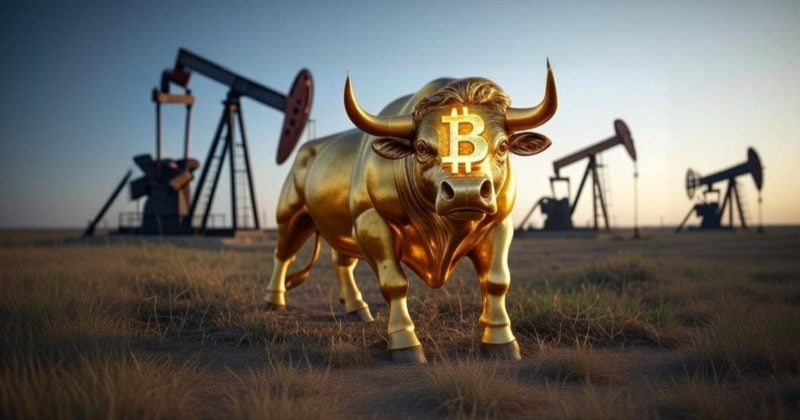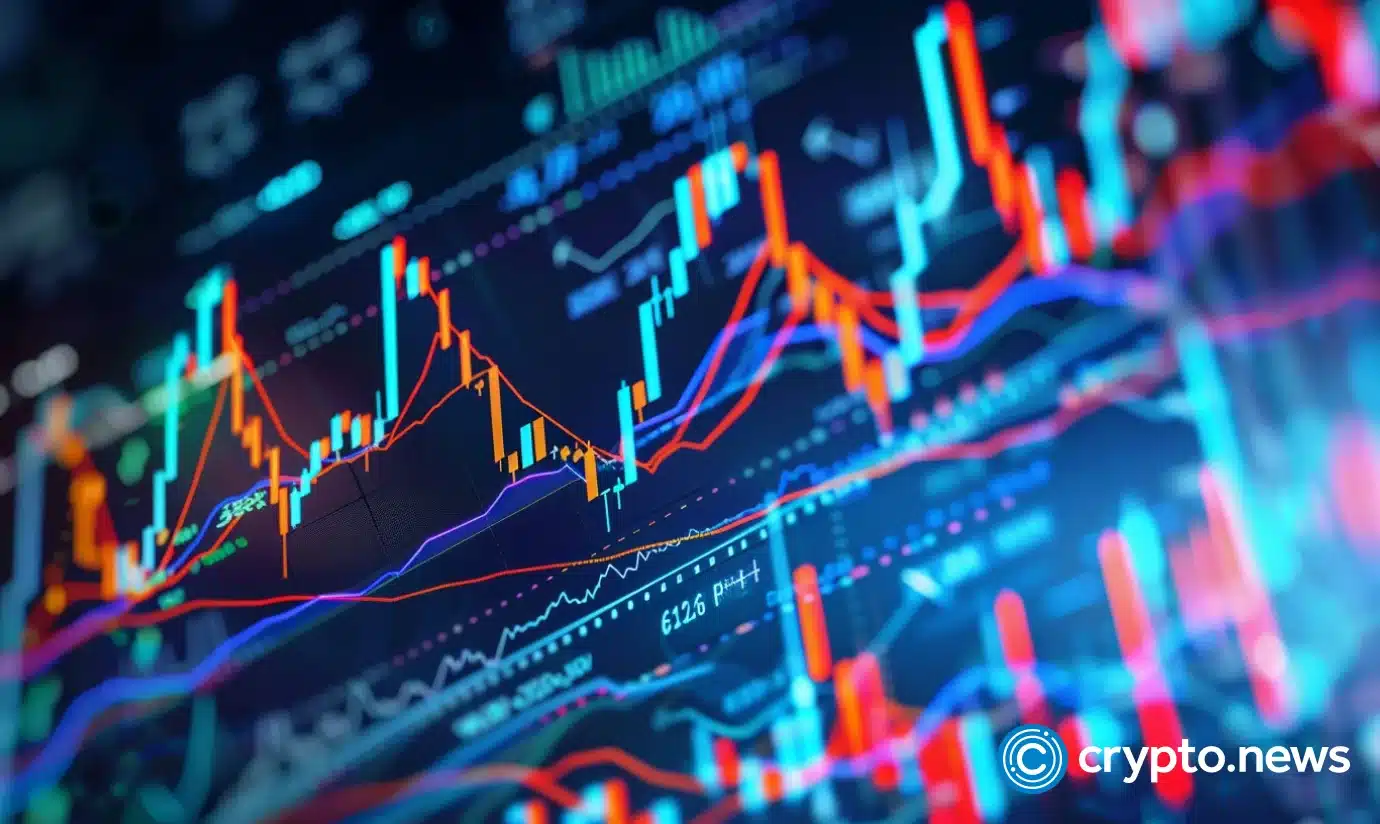April 2, 2025, marks what President Donald Trump calls “Liberation Day.” On this day, he plans to roll out a series of new import taxes on various countries. These tariffs, previously delayed, are now expected to take effect.
The full list of tariffs remains unknown until Trump’s official announcement at the White House Rose Garden. However, based on past statements, many expect the following:
Category | Expected Tariffs |
Pharmaceuticals, semiconductors, copper, and lumber | New tariffs expected |
Oil imports from Venezuela | 25% tax |
Canada and Mexico | Separate tariffs to curb drug trafficking |
Chinese imports | 20% tariffs on top of the existing 10% |
Imported vehicles and components | 25% tariff from April 3 |
These tariffs aim to reduce reliance on foreign goods, protect American industries, and negotiate better trade deals. However, they also risk economic retaliation and inflationary pressure.
Trump and Tariffs: A Long History
Trump has supported tariffs for decades. In a 1987 interview, he criticized foreign countries for “ripping off the United States.” His first major tariff move came in 2018 when he imposed duties on Chinese goods due to alleged intellectual property theft and unfair trade practices.
On January 20, 2025, Trump signed an executive order preparing for new tariffs. Some took effect on February 4, 2025, including:
- A 10% tax on all Chinese imports
- 25% tariffs on Canada and Mexico
Liberation Day is the next step in his broader economic strategy.
What Was Crypto’s Response to Liberation Day?
When Trump announced Liberation Day, financial markets responded negatively. Investors moved away from riskier assets, causing a downturn in crypto and stocks.
Asset | Weekly Change |
-3% | |
Ethereum (ETH) | -8% |
NVIDIA (NVDA) | -12% |
Google (GOOGL) | -8% |
Meanwhile, gold prices surged as investors sought safe-haven assets in anticipation of economic uncertainty.
What Impact Will Liberation Day Have on the Markets?
The majority view these tariffs as bargaining chips for trade negotiations. A few claim they would reduce the federal deficit. The Federal Reserve did not foresee the impact of the tariffs at first but altered its projection for inflation from 2.5% to 2.8% in March 2025.
The key concerns include:
- Higher Prices: Tariffs increase import costs, leading to inflation.
- Decreased Spending: Rising prices may reduce consumer spending.
- Corporate Pressure: Businesses with high input costs could suffer.
- Risk Aversion: Investors might move away from volatile assets like crypto.
Crypto and Risk: What Comes Next?
Historically, tariffs have led to de-risking. Since crypto thrives in liquidity-driven environments, an economic slowdown could prolong the current downturn. If tariffs raise costs and trigger inflation, investors may further pull out of riskier assets.
However, two alternative scenarios could benefit crypto:
- Trump Changes Course: If Trump reverses or softens tariffs, markets might rally.
- Recession and Stimulus: In case tariffs cause a recession, the Federal Reserve may lower interest rates or introduce stimulus packages. This would boost demand for crypto as investors seek other stores of value.
Is There Long-Term Potential?
Trump’s “America First” approach has intensified trade tensions with major economies. While tariffs may negatively impact crypto in the short term, Bitcoin’s appeal as a hedge against economic instability could grow. If the global economy weakens, crypto may eventually benefit.
For now, investors should diversify their portfolios and only risk what they can afford to lose. Market conditions remain uncertain, and preparation is key.
Remember, investing in cryptocurrencies involves risks, and it’s important to conduct thorough research and seek professional advice before making any financial decisions. (Please keep in mind that this post is solely for informative purposes and should not be construed as financial or investment advice.)
















 English (US) ·
English (US) ·